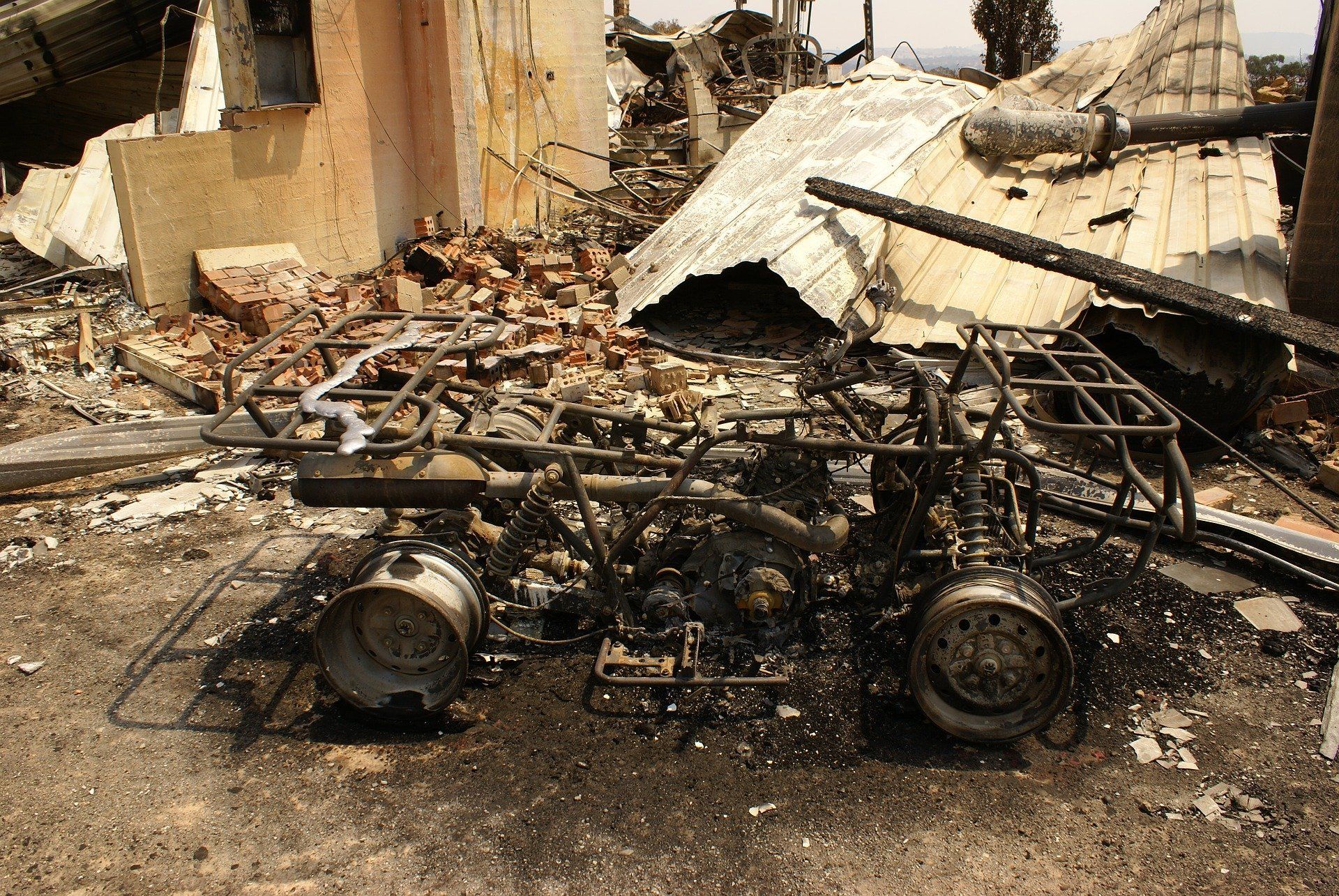1MG FlippingBooks
Bushfires devastate livestock, livelihoods
Australian farmers have been hit hard by unprecedented bushfires, with the insurance bill now sitting just below $1bn
Photo: MarkJToomey
The Australian bushfires have taken a toll on NSW farmers who are suffering from the loss of their cattle and livelihoods, with the Insurance Council of Australia totalling claims at $995m this morning, likely to pass $1bn before Monday.
According to the NSW Department of Industry , approximately 8,669 head of livestock have been euthanised or confirmed deceased in bushfires across an estimated 16,000 affected properties.
This number includes approximately 700 stock killed or euthanised as a result of fires in the Northern Tablelands, North Coast and Hunter areas before Christmas.
Approximately 400 stock are estimated to have been killed or euthanised as a result of fires around the Lithgow and Bathurst areas over the Christmas and New Year period.
Stock losses as a result of fires in south-east NSW since Christmas have been higher, with approximately 7,583 stock killed or euthanised to date.
However, limited access to firegrounds and loss of power and phones in the area mean the full picture of losses and damage will take some time to emerge.
DPI State Incident Controller Karen Roberts said “given the scale of the fires and the areas they have impacted we expect the number of stock reported to have died or been injured to rise as landholders and our own field assessment teams are able to access properties and report damage.”
According to Agriculture Minister Bridget McKenzie , the dead animals present a massive biosecurity risk.
“Animal welfare is the top priority under these conditions, as is disposing of dead stock and containing spread of diseases as we move into the recovery phase,” McKenzie said.
Farmers say they were as prepared for the fire as they could be but not all livestock could be saved.
Senator McKenzie has offered 100 vets across the country to state ministers that will assist farmers in assessing the health of their remaining livestock as well as euthanising stock.
Wildlife Victoria CEO Dr Megan Davidson says “it is largely a job of euthanising at this stage, they are so severely burned that there is nothing better you can do.”
Farming organisations have requested fodder and water, which has become a priority, however there are risks that bringing hay into communities with feeding shortages would only increase the fire danger.
“We don’t want to put hay into fire zones and create more a problem,” Senator McKenzie said.
“But we also have to make sure we create a space for them to be accessible to farmers when they need it,” she explained.
Feeding shortages would result in stock perishing due to starvation causing a financial strain on farmers already struggling, according to dairy farmer Willie Hawker.
“These losses from the fires could be the last straw for some farmers,” Hawker said.
Senator McKenzie explains “farmers are having to milk a dairy herd twice a day to keep milk production, they are dealing with stock that needs to be euthanised and then fighting local fires.”
With these stock losses likely to increase, public health and biosecurity risks have been considered in arrangements for the removal of carcasses.
Senator McKenzie confirmed defence personnel will assist in the disposal of livestock killed in the fires by digging the pits to bury stock.
“Where it’s safe we need to be getting in within a week, ideally, to really be dealing with the carcasses in an appropriate way,” she said.
Prime Minister Scott Morrison has also launched a National Bushfire Recovery Agency dedicated to rebuilding communities and livelihoods after the bushfire front has passed.
The Agency has an initial $2bn investment which will assist with restocking and replenishing, rebuilding roads and telecommunications, mental health support and helping restore the local environment and impacted wildlife.
Scott Morrison has vowed to commit “everything that is needed and more” to the recovery effort.
“If more is needed and the cost is higher, then more will be provided,” he explained.
How to care for livestock:
- Identify a safe paddock with: water, clear access, well grazed with minimal fuel, well fenced, open space.
- Hosing livestock when possible.
- Remove flammable materials from livestock and paddock.
- Species-specific bushfire injuries.
- Post-bushfire livestock assessment.

















